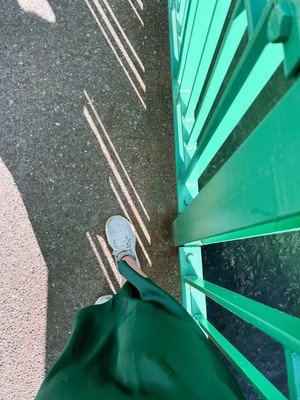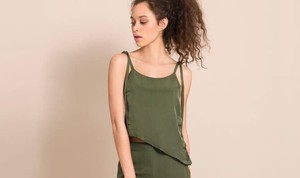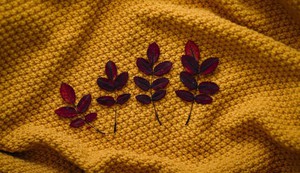- Clothes
- Bags
- Accessories
-
Inspiration
- Shoes
Are Rayon Fabrics Sustainable? Viscose, Tencel & More
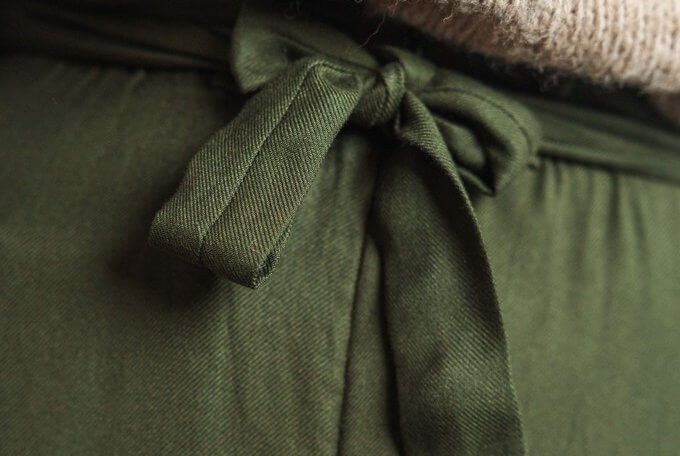
Viscose, rayon, modal fabrics… These terms are often used interchangeably.
So, if you’re trying to make more ethical clothing choices (well done, you!), it can feel quite confusing.
What are the differences between them, then? And are rayon fabrics sustainable?
Find out in this jargon-free guide!
What is rayon fabric?
Rayon is a semi-synthetic fibre made with regenerated cellulose (usually tree or bamboo wood pulp) and treated with a chemical process.
It’s often used to imitate other fabrics, like silk or cotton.
Main types of rayon fabrics
This is where it gets tricky (but don’t worry: I’ll keep it simple). Rayon is a bit of an umbrella term. So, depending on how this fibre is treated and manufactured, you’ll get different types of rayon fabrics.
Because this process evolved through the years, there are three main generations of rayon.
Viscose rayon fabric
A proper hipster alternative that started relying on wood pulp before it was cool (all the way back in 1846), viscose is the first generation of rayon fibres.
It’s particularly soft, drapey, breathable, and moisture-absorbent, perfect as an alternative to activewear or silk.
You must wash it carefully, though, because it can shrink.
Sustainability PROs of viscose rayon fabric
- Derived from a renewable source
- Biodegradable (under certain conditions)
- Vegan
Sustainability CONs of viscose rayon fabric
- Requires toxic chemicals like carbon disulfide, which is an air pollutant (so, bad for the climate) and dangerous (it can cause cardiovascular, neuropsychological, endocrinal, and reproductive disorders, especially in garment workers who are frequently exposed to it)
- Energy-intensive process
- High water usage
- Risk of pollution due to untreated wastewater
- Deforestation concerns
- Room for greenwashing (often marketed as “bamboo clothing”)
Modal fabric
This second-generation fabric (first developed in Japan in 1951) is an even softer variation of rayon, which makes it particularly comfortable as lingerie as well as sportswear.
It’s usually machine-washable, durable, moisture-absorbent, and less likely to shrink than viscose rayon fabrics.
Sustainability PROs of modal fabric
- Derived from a renewable source (usually, sustainably managed beech tree forests)
- Requires fewer chemicals than viscose
- Often produced with a closed-loop system to recycle its wastewater and solvents
- Usually biodegradable
- Vegan
Sustainability CONs of modal fabric
- Energy-intensive process
- Still relies on chemical processing
Lyocell fabric & Tencel
This third-generation rayon fabric is made using water-absorbing nanofibres and an organic solvent, which can be reused in a closed-loop. So, extra eco-friendly points!
Lyocell fabrics are soft, breathable (perfect for sportswear), odour-free, flexible, and versatile. Wash it carefully, though, because it can shrink.
What is the difference between lyocell and Tencel?
The difference is that lyocell is a type of rayon fabric, whereas Tencel is a specific brand name.
So, lyocell fabric can be classified as Tencel if it contains at least 30% of branded fibres from the company that invented them (Lenzing AG).
Sustainability PROs of lyocell fabric
- Derived from a renewable resource (usually, sustainably managed oak, birch, or eucalyptus forests)
- Lower water and energy consumption than most rayon fabrics
- Closed loop
- Usually biodegradable
- Vegan
Sustainability CONs of lyocell fabric
- Deforestation concerns with generic lyocell (whereas Tencel comes from sustainably managed forests)
Cupro fabric
It’s also known as cuprammonium rayon… and yet not everyone considers it a rayon fabric. This is because cupro is made using linter (cotton waste) rather than wood pulp.
However, it’s very similar to its sister fabrics. It’s soft, smooth, and drapey, which is why it's also known as vegan silk.
Sustainability PROs of cupro fabric
- By-product of the cotton industry, helping reduce waste
- Usually biodegradable
- Vegan
- Doesn’t require dry cleaning, unlike silk
Sustainability CONs of cupro fabric
- Energy-intensive process
- Involves toxic chemicals and substances, which come with health and pollution risks if it’s not produced in a closed-loop
So, are rayon fabrics sustainable?
It depends. They’re usually marketed as an ethical alternative to synthetic fabrics, cotton, or silk.
In reality, rayon fabrics are a lot more or less sustainable depending on how they’re produced.
So, whenever possible, consider choosing:
- Tencel over viscose
- Rayon fabrics that come from sustainably managed forests (so as to not support deforestation)
- Rayon garments that aren’t mixed with other fabrics (otherwise, they could lose their biodegradable properties)
- Recycled options (to bypass the initial production process and reduce waste)
- Rayon clothes made by ethical brands
Finding sustainable rayon clothes on Project Cece
Now you know the differences between rayon fabrics and what makes them more or less sustainable.
How can you find the right garments without spending hours conducting research, though? Easy: right here on Project Cece!
We brought hundreds of fairtrade brands in one place and added filters to simplify your choices. Of course, this includes plenty of rayon, modal, lyocell, Tencel, and cupro garments.
For each of them, you’ll be able to see exactly what makes them sustainable and how that brand is making a positive impact on the planet.
So, start using our filters to find the right rayon clothes for your style and ethical preferences.
Share our story
Related articles
Is Silk Sustainable & Ethical? The Not-So-Smooth Reality
Unfortunately, this soft fabric hides a dark production process. Here’s why, together with tips on how to buy and wear silk more sustainably.
What Is Cupro Fabric? Is This Vegan Silk Really Sustainable?
It’s silky, but it’s not silk. It comes from the cotton plant, but it’s not cotton. So, what IS cupro fabric? Discover its eco-friendly pros and cons.
What Are the Most Sustainable Fabrics? Oh, Sew Eco-Friendly!
‘Natural’ doesn’t always = ‘eco-friendly’! So, here’s a simple list of the most sustainable fabrics, why they’re good for the planet, and how to find them.
Project Cece is a platform that collects ethical fashion from vetted brands and shops in one place. Browse ethical fashion for women and men and find items that fit your style, budget and values!
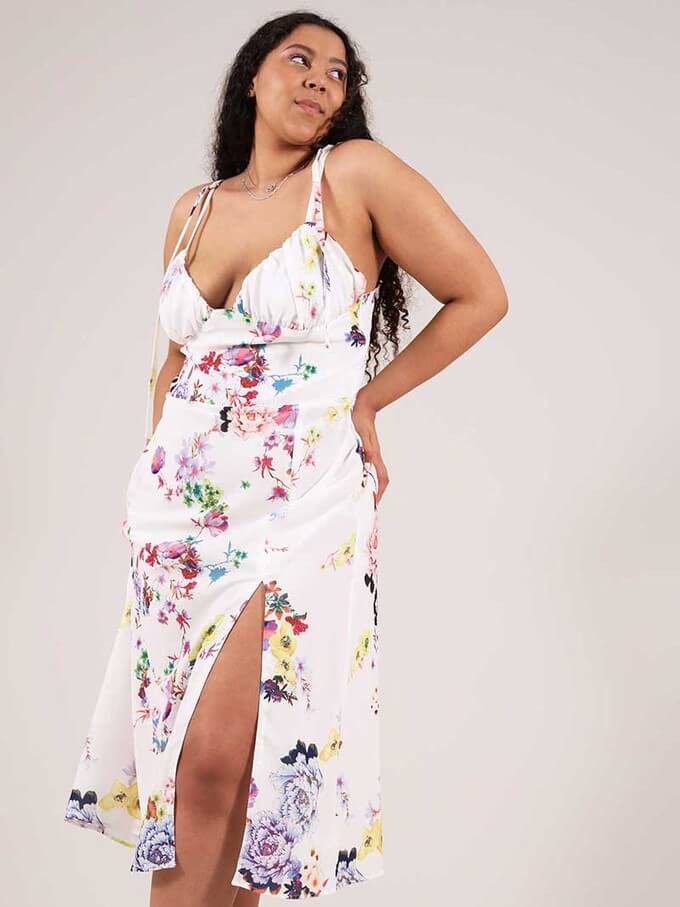
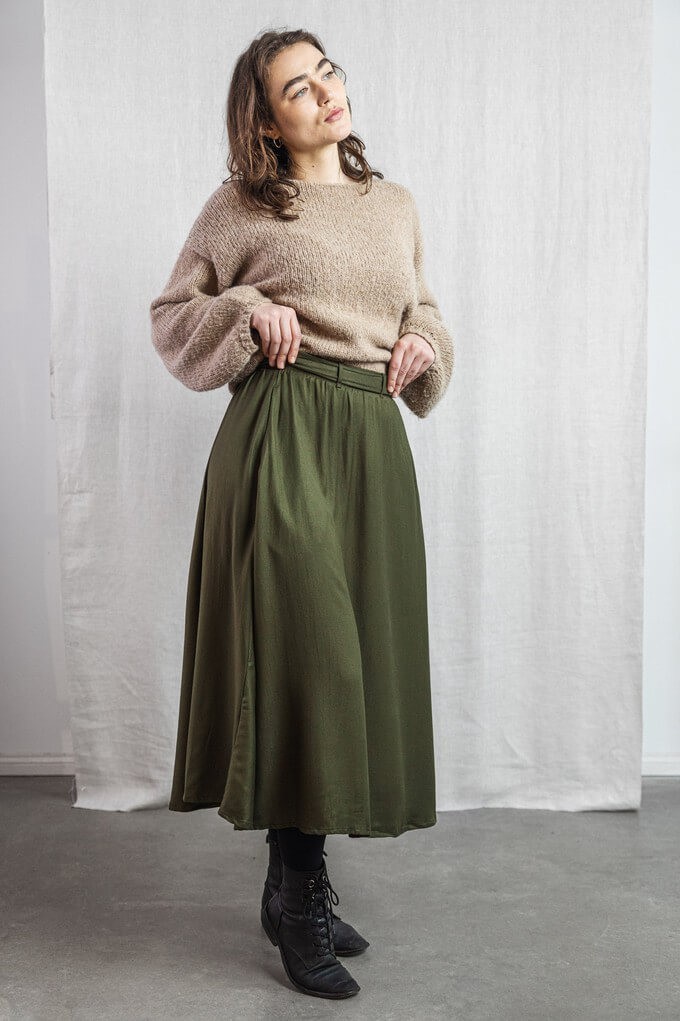
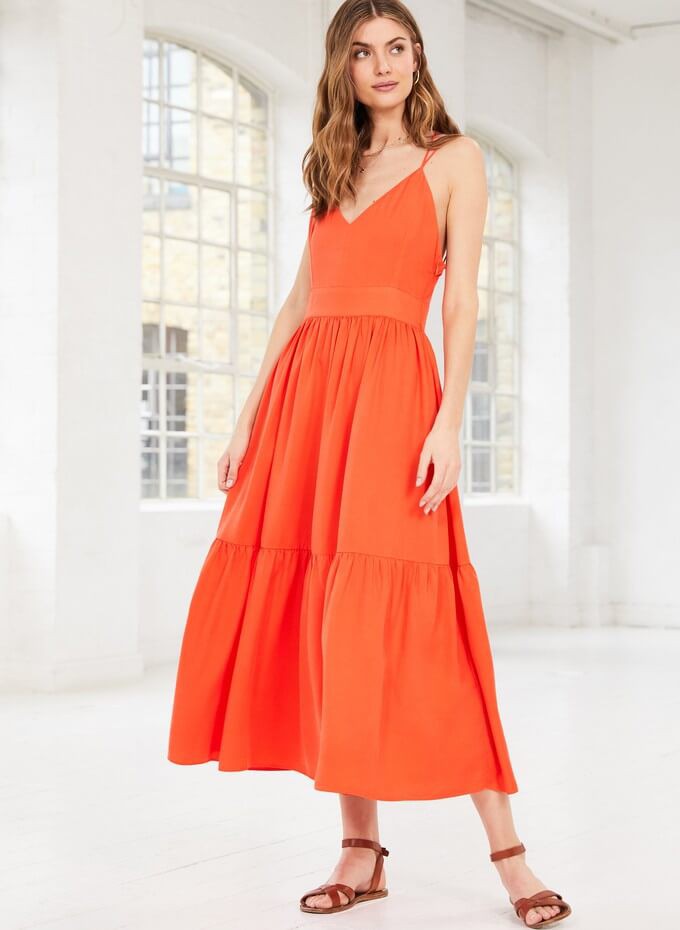
_large.png)
